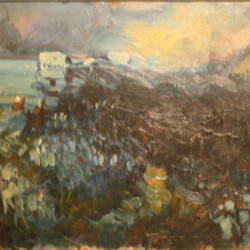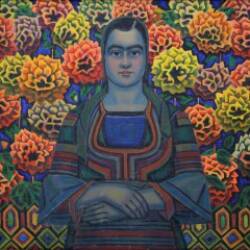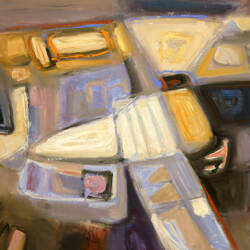Hall 4
The main trends specific for painting of the 1930s-1970s – portrait, landscape, still-life – are presented in Hall 4.
In the 1930s take place processes of innovation of the plastic language and stylistic vision in the painting. The period is marked with the appearance of a number of talented artists whose art becomes an equivalent of innovation, experiment and success, both home and abroad. Many of them have graduated in Europe. They gather in the Union of the new artists (1931) and their artworks are in line with the newest European tendencies.
The focus of the artists’ works, related to the “Native Arts” movement, is on the beauty of Bulgarian nature and daily life. One of its’ most prominent representatives is Vladimir Dimitrov – The Master. His portrait composition “A Kyustendil Girl” is an artistic personification of the beauty of the live nature and the individual.
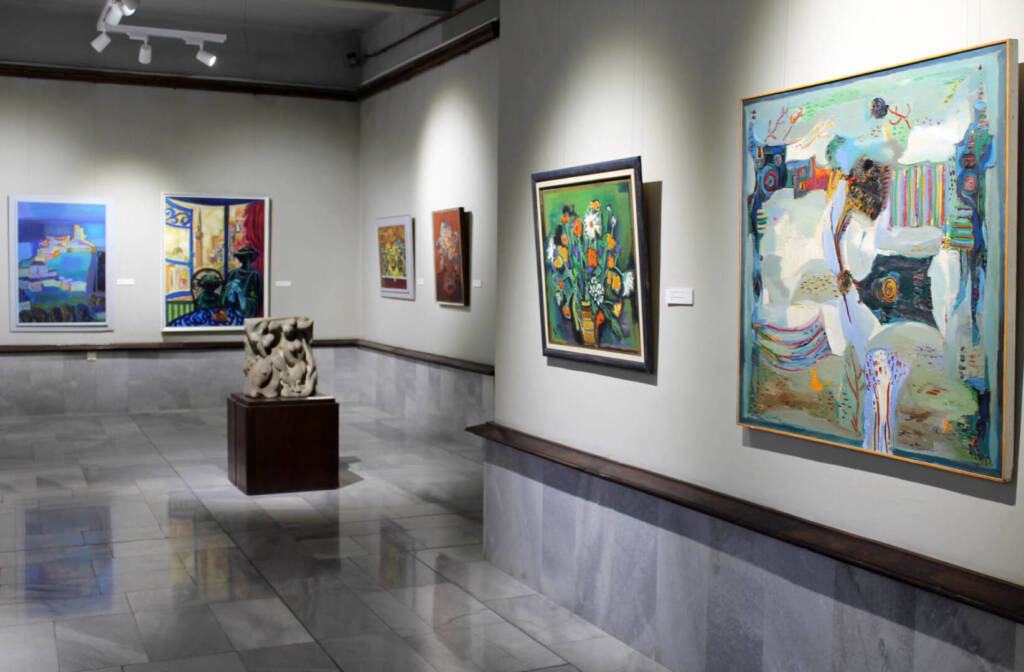
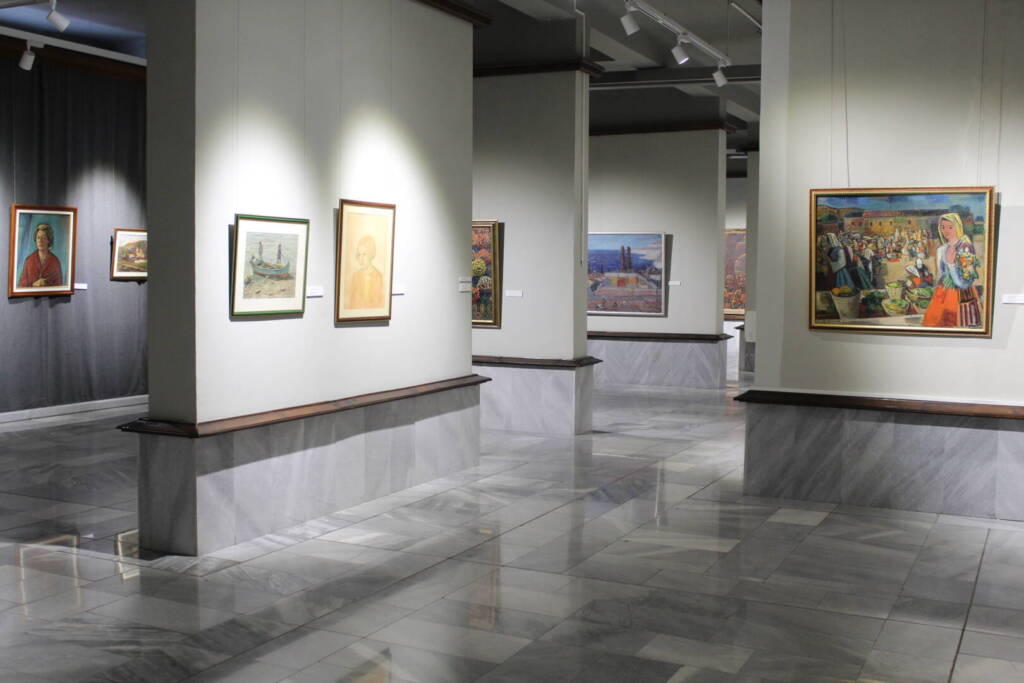
Bencho Obreshkov is known as one of the greatest masters of still-life and multi-figural compositions from Bulgarian daily life. “A Market Day” and “Still-life” are some of his most typical artworks.
In his composition “Winter – Toboggan Slide” Zlatyu Boyadzhiev is naively narrative and entertaining. The picture is from the second period of the artist, when after a paralysis he starts to learn how to paint with the left hand.
Alexander Petrov’s artworks, created at the end of 1960s and the beginning of 1970s, contribute for color liberation of Bulgarian painting. He is distinguishable with the stylized forms and bright decorative colors.
In 1960s-1970s Bulgarian fine arts enters a phase of innovation – modern interpretation of old themes and subjects. There is a great diversity in styles and presentations of Balchik theme, favorite for many artists – Dora Kancheva, Zdravko Aleksandrov,Nikola M. Daskalov, Georgi Pavlov – Pavleto, Pencho Balkanski, Cenko Boyadzhiev, etc.

The master of aquarelle Konstantin Shtarkelov has fulfilled the landscape “Lake in the mountain” with virtuoso lightness and sense of space. After September 1944 his work is denied and forgotten due to his connection with the royal court. He is called “official artist of the bourgeois regime and king’s favorite”. He is evicted, excluded from the UBA and spends five months in the Central jailhouse.
Gospodin Zhelyazkov Serbezov was born in Dobrudzha, one of the first graduates of the newly established Academy of fine Arts in Sofia, and for his excellent marks is granted a specialization in Russia with the great Ilya Repin. His painting “Nude” is an example of the Russian school influence – the perfect lining of the figure and the colorfulness embody the academic traditions. Together with other Russian iconographers he has taken part in “St. Alexander Nevski” – Sofia murals painting, as well as the icons of “Trinity” church in Dobrich.
Dechko Uzunov’s painting is a bearer of progressive influences from the 1930s. He has graduated from Academy of Fine Arts in Sofia and specialized in Munich, and from 1937 till 1963 is professor in the Academy. He works in the field of illustration, painting, murals, scenography and applied arts.
Seems like time, processes and trends in arts pass by Nayden Petkov. He has his own path and follows it till the very end in 1989. He dedicates the greatest part of his art to the landscape. Landscape painting is his way to share the experience, to show his feelings through the different states of nature.
The innovative Plovdiv art group of the 1960s includes Yoan Leviev, Encho Pironkov, Georgi Bozhilov, Dimitar Kirov, Kolyu Vitkovski and Hristo Stefanov. These are the artists who stand up against the academic and social realism and search for new ways in the arts towards the modern painting of the 20th century. Some of their artworks are displayed also on the 2nd floor of the gallery.

